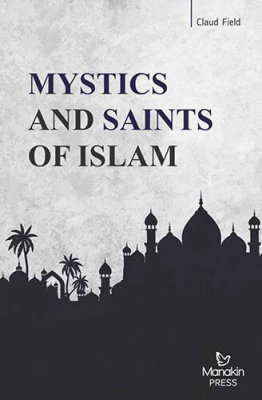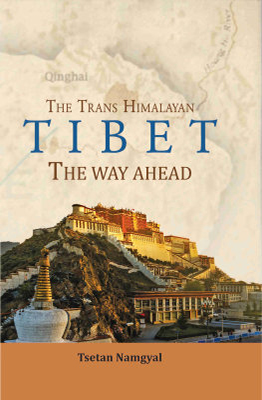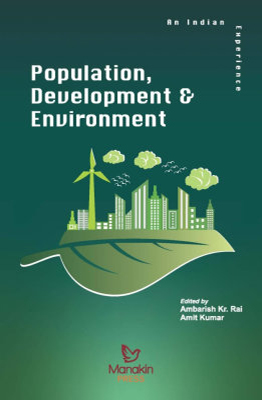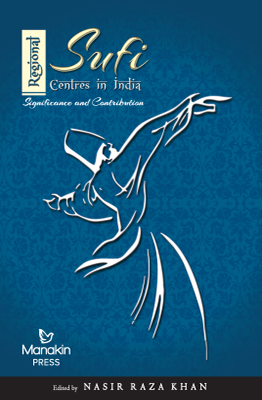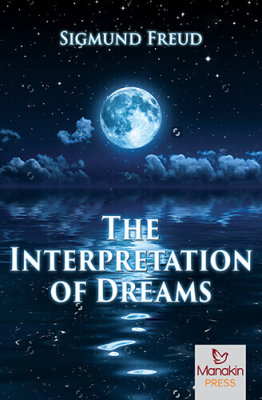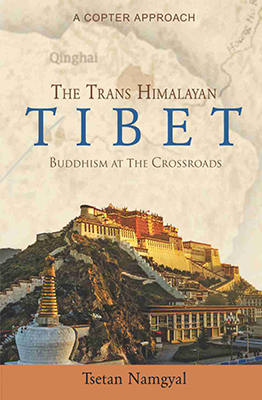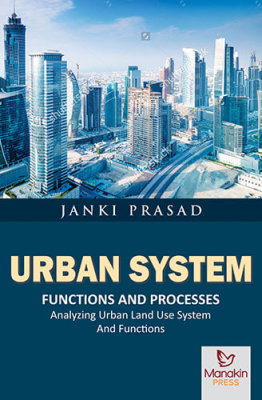Claud Field | Category: Social ScienceBook Details
ISBN: 9789386221346
YOP: 2018
Pages: 228
Order also on
Rived from Christian, Neo-platonic, and Buddhist sources, there is little doubt that the roots of mysticism are to be found in the Koran itself. The following verse is an instance : ”God is the Light of the heavens and the earth. His light is like a niche in which it is a lamp, the lamp encased in glass the glass as it were a glistening star. From a blessed tree is it lighted, the olive neither of the East nor of the West, whose oil would well nigh shine out even though fire touched it not! It is light upon light!” (Koran Sura 24). Muhammad, whose proclivity for religious meditation was so strong that the Arabs used to say ”Muhammad is in love with his Maker,” and whose sense of the ”terror of the Lord” was so intense that it turned his hair prematurely white. Many of the reported sayings of the early companions of Muhammad showed that they shared this terror. ”Verily, you shall see hell, you shall see it with the eye of certainty” says the Koran, and they thought it very probable. Thus Ali exclaimed ”Alas for the shortness of the provision and the terrors of the way !” Abu’l Darda said ”If ye knew what ye shall see after death, ye would not eat nor drink, and I wish that I were a tree that is lopped and then devoured.”
Mystics & Saints of Islam gives an understanding of some of the important individuals within Islam and one can learn and understand as to how they shaped Islam.
1. Patheistic Sufism
2. Hasan Basri
3. Rabia, The Woman Sufi
4. Ibrahim Ben Adham
5. Fudhayl Ben Ayaz
6. Bayazid Bastami
7. Zu’n Nun of Egypt
8. Mansur Hallaj
9. Habib Ajami
10. Avicenna (Ibn Sina)
11. Al Ghazzali
12. Fariduddin Attar
13. Suhrawardy
14. Jalaluddin Rumi
15. Sharani, the Egyptian
16. Mullah Shah
Appendix I- Mohammedan Conversions
Appendix II- Exposition of Sufism
Appendix III- Christian Elements in Moham-Medan
I- Tterature
Appendix IV- Christ in Mohammedan Tradition
Rived from Christian, Neo-platonic, and Buddhist sources, there is little doubt that the roots of mysticism are to be found in the Koran itself. The following verse is an instance : ”God is the Light of the heavens and the earth. His light is like a niche in which it is a lamp, the lamp encased in glass the glass as it were a glistening star. From a blessed tree is it lighted, the olive neither of the East nor of the West, whose oil would well nigh shine out even though fire touched it not! It is light upon light!” (Koran Sura 24). Muhammad, whose proclivity for religious meditation was so strong that the Arabs used to say ”Muhammad is in love with his Maker,” and whose sense of the ”terror of the Lord” was so intense that it turned his hair prematurely white. Many of the reported sayings of the early companions of Muhammad showed that they shared this terror. ”Verily, you shall see hell, you shall see it with the eye of certainty” says the Koran, and they thought it very probable. Thus Ali exclaimed ”Alas for the shortness of the provision and the terrors of the way !” Abu’l Darda said ”If ye knew what ye shall see after death, ye would not eat nor drink, and I wish that I were a tree that is lopped and then devoured.”
Mystics & Saints of Islam gives an understanding of some of the important individuals within Islam and one can learn and understand as to how they shaped Islam.
1. Patheistic Sufism
2. Hasan Basri
3. Rabia, The Woman Sufi
4. Ibrahim Ben Adham
5. Fudhayl Ben Ayaz
6. Bayazid Bastami
7. Zu’n Nun of Egypt
8. Mansur Hallaj
9. Habib Ajami
10. Avicenna (Ibn Sina)
11. Al Ghazzali
12. Fariduddin Attar
13. Suhrawardy
14. Jalaluddin Rumi
15. Sharani, the Egyptian
16. Mullah Shah
Appendix I- Mohammedan Conversions
Appendix II- Exposition of Sufism
Appendix III- Christian Elements in Moham-Medan
I- Tterature
Appendix IV- Christ in Mohammedan Tradition
| Weight | 0.421 kg |
|---|---|
| Dimensions | 22 × 14.5 × 2 cm |
| yop |
2018 |
| subject-category |
Social Science |
| isbn |
9789386221346 |
| binding |
Hardback ,Paperback |

